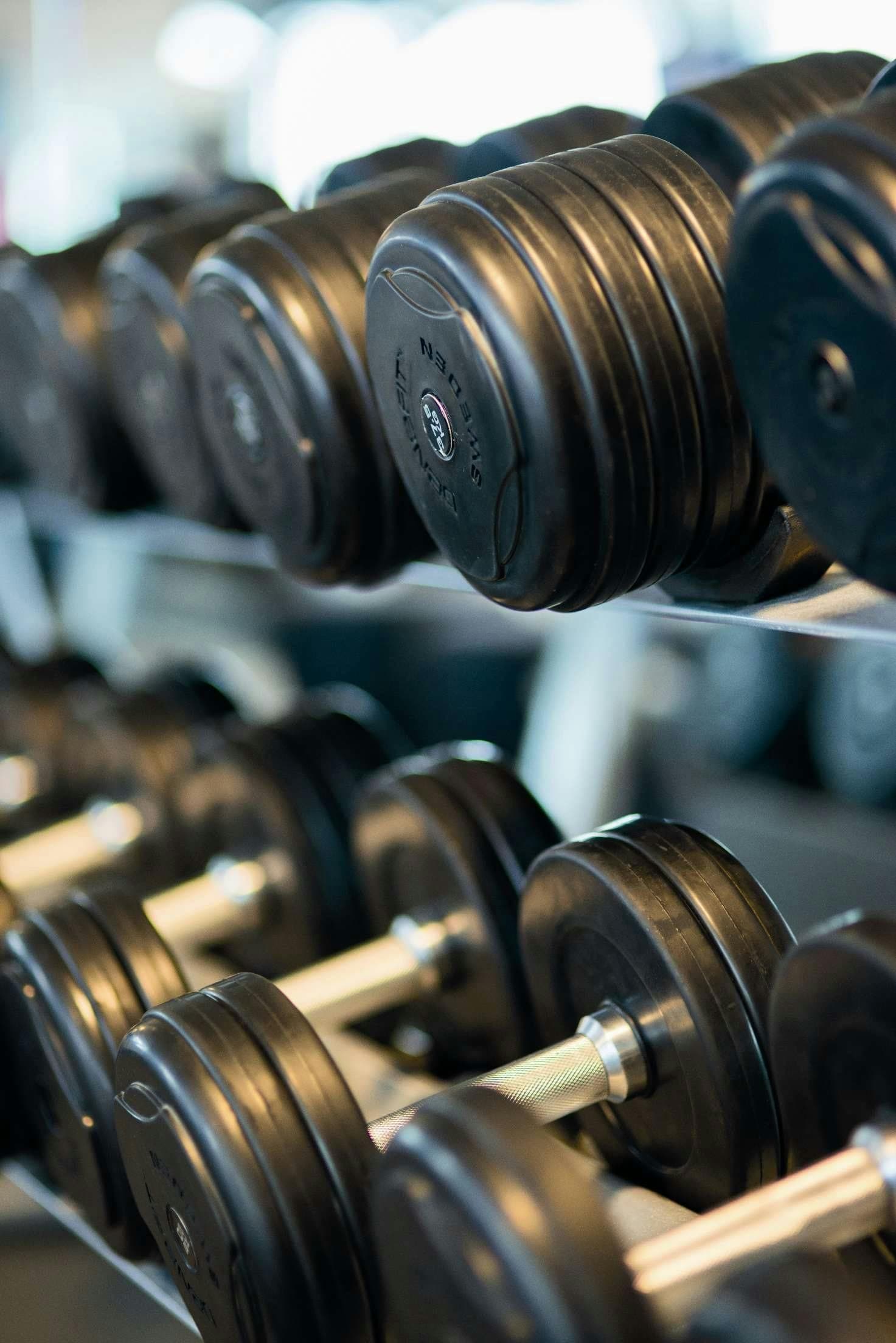
Enhancing Balance, Posture, and Fall Prevention: The Power of Proprioceptive Training
Discover how proprioceptive training improves balance, posture, and prevents falls. Learn exercises and tips to enhance proprioception.
26 de maio de 2025
Artigos relacionados
Siga o blog nas redes sociais:
- YouTube